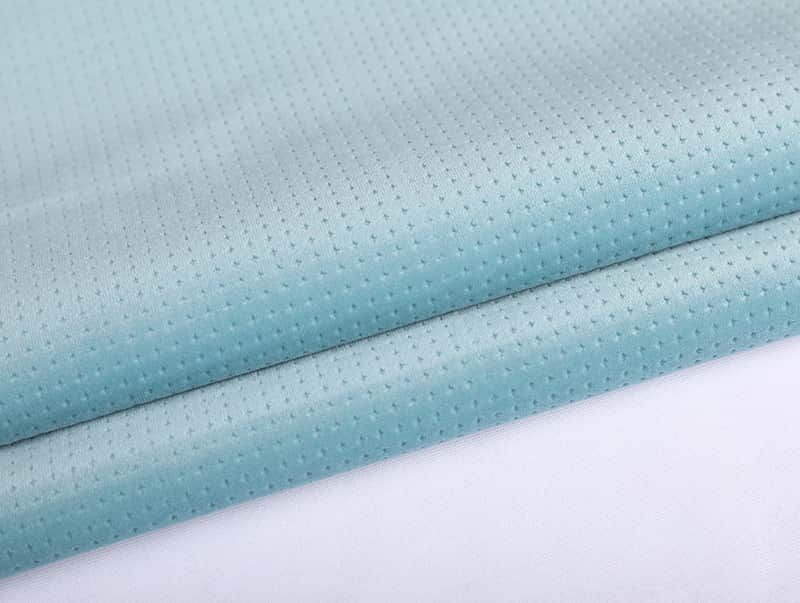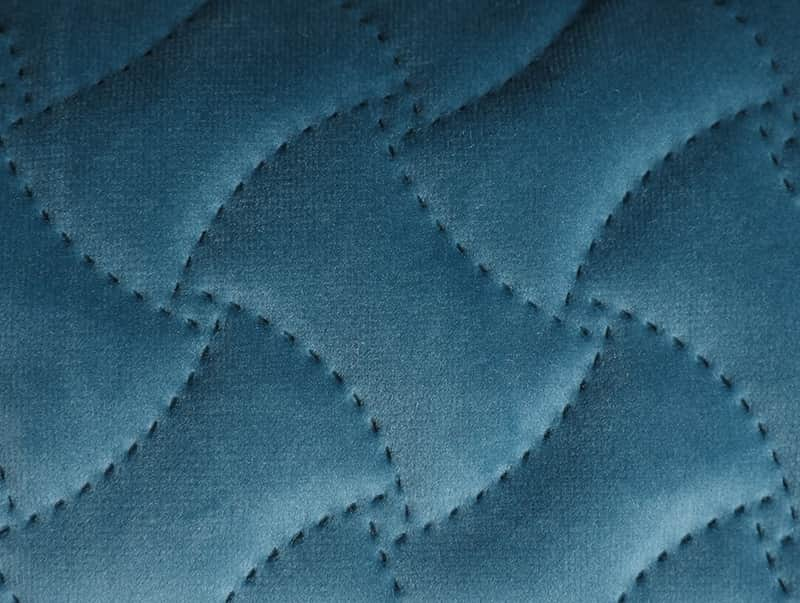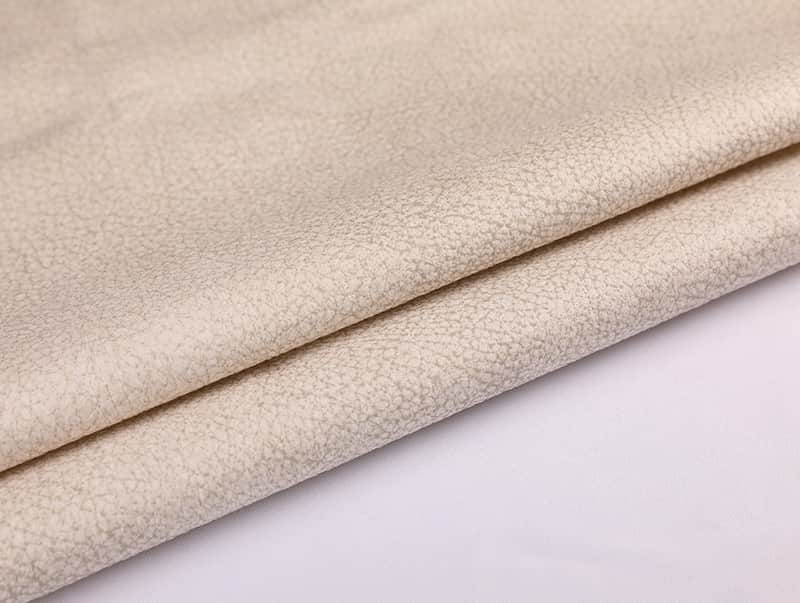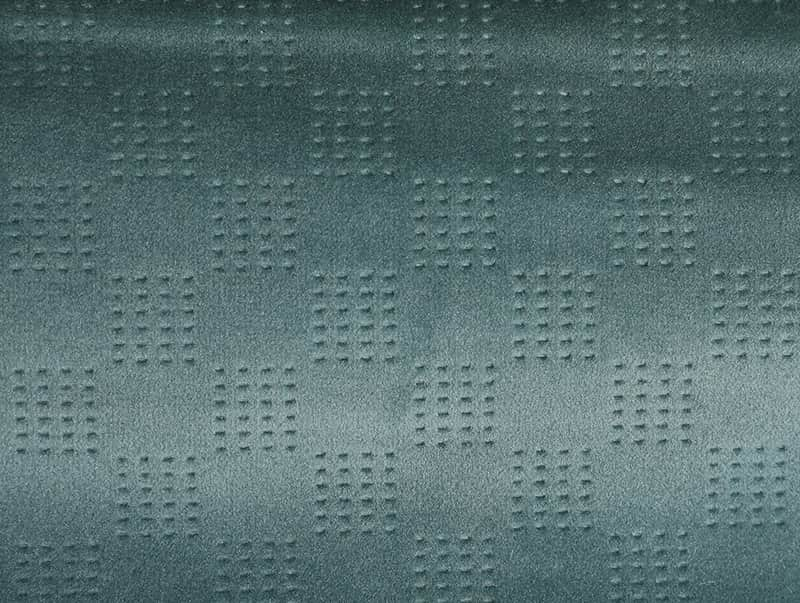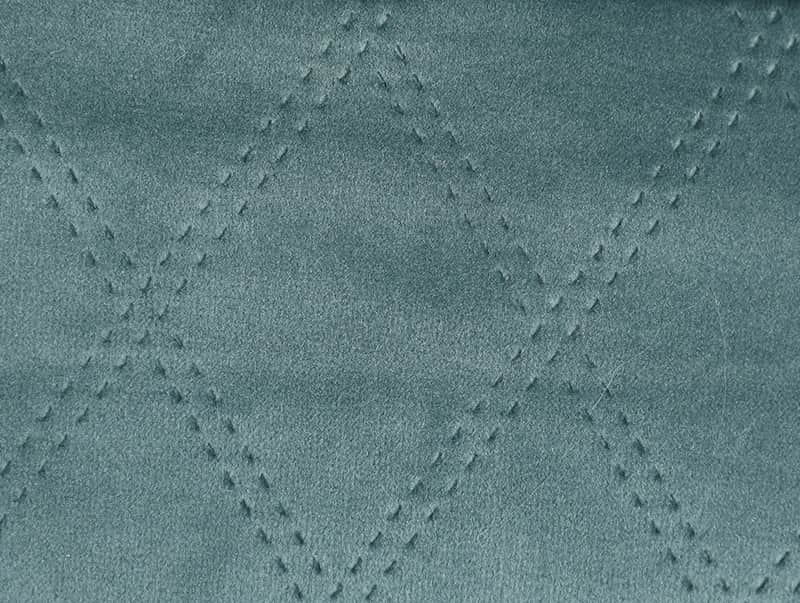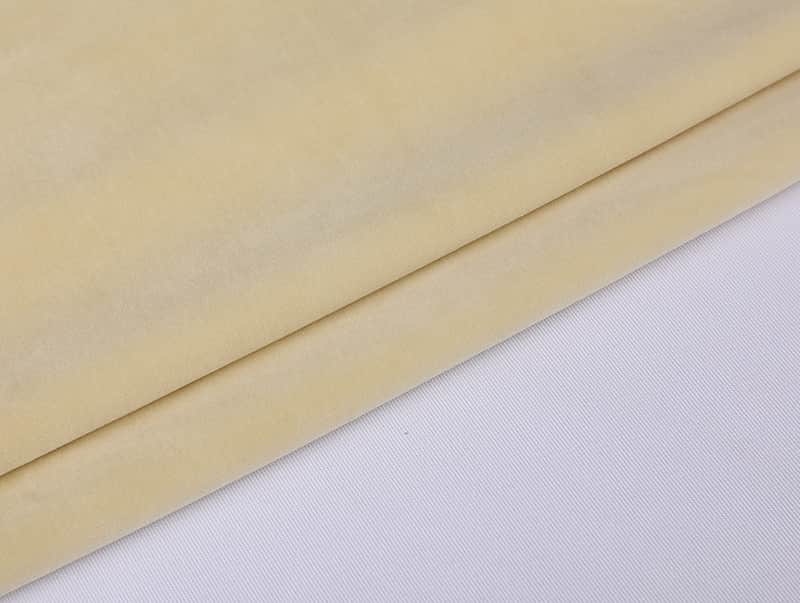Polyester is one of the most popular synthetic fabrics used in casual clothing fabrics due to its durability, lightweight nature, and resistance to shrinking and stretching. However, its performance and comfort can be further enhanced by blending it with other fibers, both synthetic and natural. Fiber blends allow manufacturers to combine the best qualities of each material, creating fabrics that are not only versatile but also well-suited for a variety of casual wear applications.
Let’s explore the advantages of blending polyester with other fibers and how these combinations benefit both manufacturers and consumers.
Enhanced Comfort and Breathability
While polyester is durable and resistant to wear, it’s not as breathable as natural fibers like cotton. By blending polyester with cotton, the fabric becomes more comfortable for everyday wear. Cotton’s natural breathability and softness allow for better air circulation, making the clothing more comfortable in warmer climates or during physical activity. The polyester content, meanwhile, helps the fabric retain its shape and resist wrinkling, providing a balance between comfort and practicality.
Improved Moisture Management
Blending polyester with fibers like spandex or nylon can improve the fabric’s ability to wick moisture away from the body. This is particularly useful in activewear or casual clothing designed for outdoor activities. Polyester is already known for its moisture-wicking properties, but when combined with spandex, the fabric gains elasticity, allowing it to fit more snugly to the body and efficiently move sweat away from the skin. The result is clothing that dries faster and keeps the wearer feeling cool and dry.
Increased Durability and Longevity
One of the biggest benefits of polyester is its durability. It resists wear and tear, making it ideal for casual clothing that sees frequent use. When blended with fibers like cotton, the fabric retains the strength of polyester while benefiting from the softness of cotton. This combination makes the clothing last longer without compromising comfort. Additionally, polyester’s resistance to shrinking and fading means the blended fabric maintains its shape and color after many washes, extending the garment’s lifespan.
Improved Stretch and Flexibility
For casual clothing fabrics that requires stretch, such as leggings, athletic wear, or fitted shirts, polyester is often blended with spandex or elastane. These blends provide increased elasticity, allowing the fabric to move with the body without losing its shape. This is particularly beneficial for clothing designed for activities that involve a lot of movement, as the fabric remains flexible and comfortable, while the polyester helps the garment bounce back to its original form after stretching.
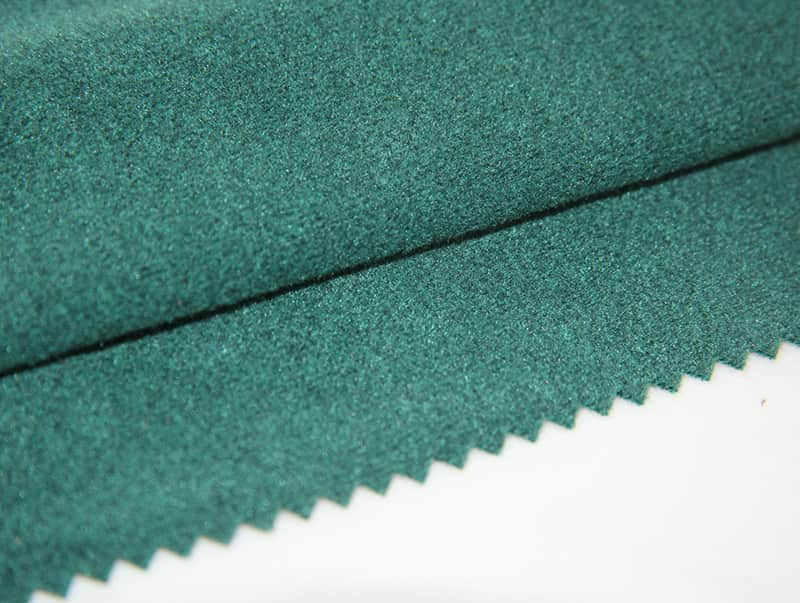
Wrinkle Resistance and Easy Care
Polyester is known for being wrinkle-resistant, which is a major advantage for casual clothing. When blended with more wrinkle-prone fibers like cotton or linen, polyester helps reduce the need for ironing, keeping the fabric looking neat and polished. Blends of polyester with cotton or rayon, for example, make the clothing easier to care for, requiring less maintenance in terms of ironing or special laundering.
Cost Efficiency
Blending polyester with natural fibers also helps make fabrics more cost-effective. Polyester is relatively inexpensive to produce, and by blending it with other fibers, manufacturers can create fabrics that have the look and feel of more expensive materials (such as wool or silk) at a lower price point. This allows consumers to enjoy high-quality casual clothing that is both affordable and long-lasting.
Versatility in Style and Function
Fiber blends offer a wide range of possibilities in terms of style, texture, and functionality. For instance, polyester blended with viscose or rayon can mimic the soft drape of silk, making it suitable for more elegant or flowy casual wear. Meanwhile, polyester blended with wool can add warmth without the itchiness of pure wool, creating stylish and comfortable outerwear for cooler weather. This versatility allows for a wide variety of fabric options for different casual clothing styles.
Blending polyester with other fibers offers numerous advantages in casual clothing, including enhanced comfort, moisture management, durability, and ease of care. By combining the strengths of different fibers, manufacturers can create fabrics that are versatile, cost-effective, and well-suited for a wide range of everyday activities. As the fashion industry continues to innovate, fiber blends will remain a key part of creating high-performance, comfortable, and stylish casual wear for consumers.
